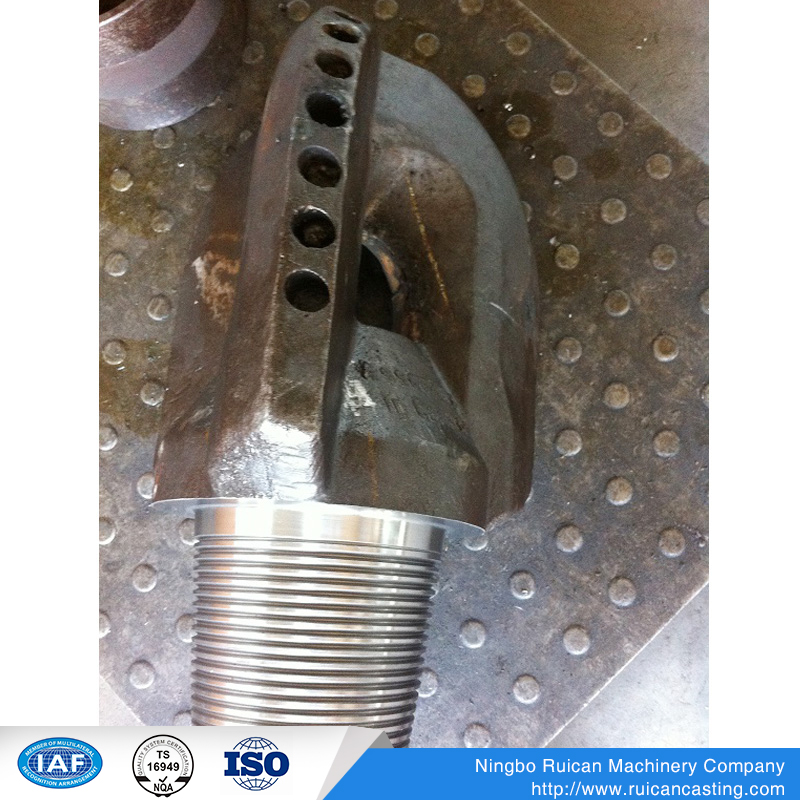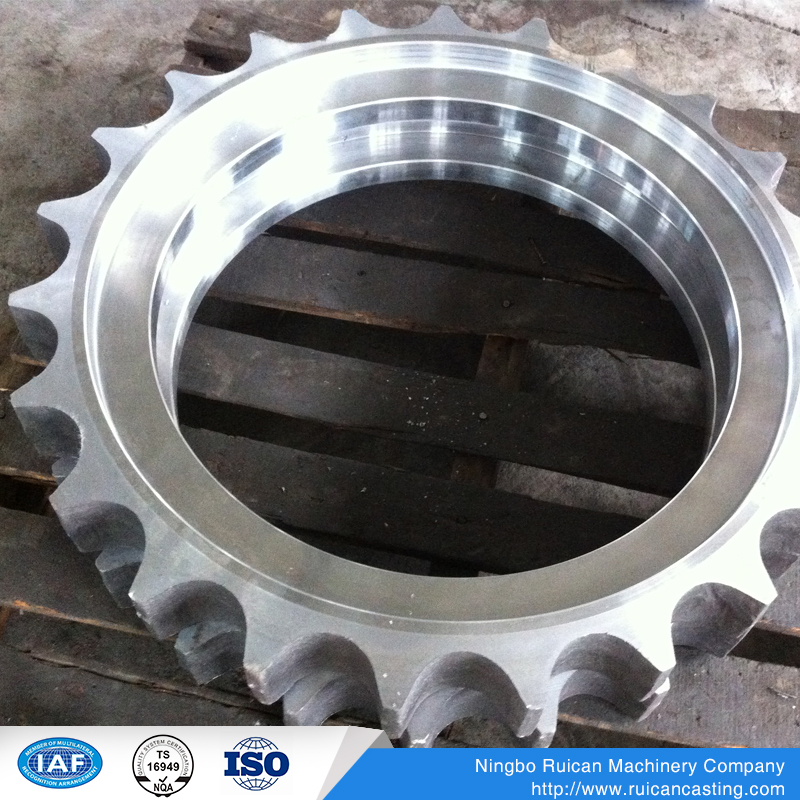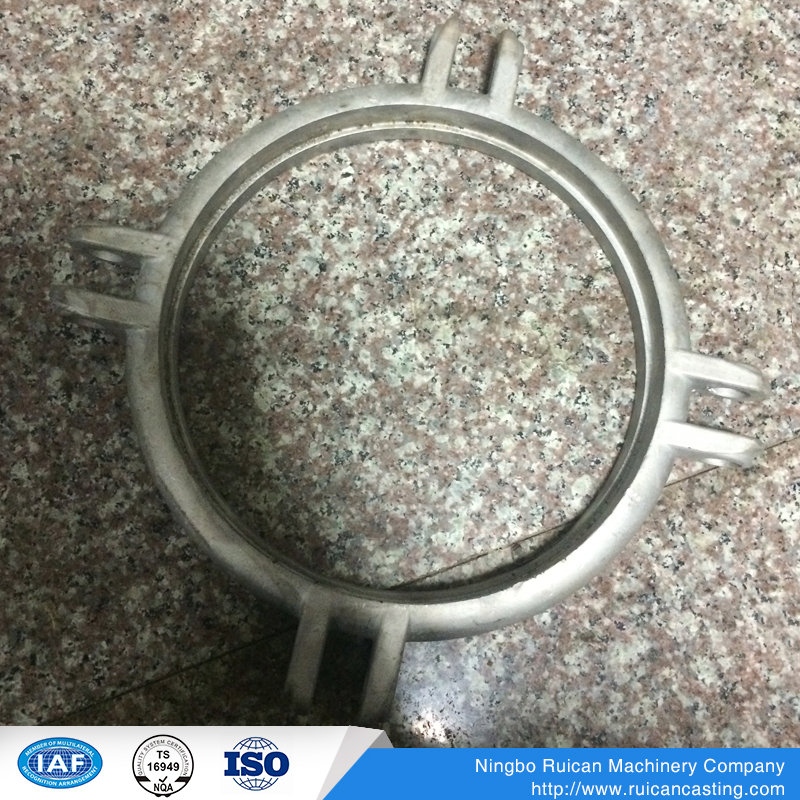In conclusion, Hitch Extender Tow Bar Duals are versatile accessories that enhance towing capabilities, improve maneuverability, and provide additional connection points for hitch-mounted accessories. By considering factors such as length, weight capacity, material, and hitch size compatibility, users can select the most suitable Hitch Extender Tow Bar Dual for their specific towing needs. Whether towing multiple trailers or attaching various hitch-mounted accessories, Hitch Extender Tow Bar Duals are essential tools for maximizing towing convenience, safety, and versatility.2. How durable is it Durability of Hitch Extender Tow Bar Dual:
The durability of Hitch Extender Tow Bar Dual is a critical factor to consider when selecting a towing accessory. The longevity and robustness of these devices play a significant role in ensuring safe and efficient towing operations. Let's delve into the various aspects that contribute to the durability of Hitch Extender Tow Bar Dual:
Material Quality:
One of the primary factors that determine the durability of Hitch Extender Tow Bar Dual is the quality of the materials used in their construction. These towing accessories are typically made from high-quality steel or aluminum. Steel Hitch Extender Tow Bar Duals are known for their exceptional strength, rigidity, and ability to withstand heavy loads. They are well-suited for demanding towing applications where durability is paramount. On the other hand, aluminum Hitch Extender Tow Bar Duals are lightweight, corrosion-resistant, and suitable for recreational towing or lighter loads. The choice of material should align with the intended usage and towing requirements to ensure longevity and durability.
Welding and Construction:
The welding and construction of Hitch Extender Tow Bar Dual also play a crucial role in their durability. High-quality welding techniques and solid construction ensure that the device can withstand the stresses and strains of towing without succumbing to failure. Properly welded joints and sturdy construction enhance the overall structural integrity of the Hitch Extender Tow Bar Dual, making it more durable and reliable during towing operations.
Coating and Corrosion Resistance:
Another key factor that affects the durability of Hitch Extender Tow Bar Dual is the coating and corrosion resistance properties. A durable powder coating or protective finish can help prevent rust, corrosion, and wear over time. Corrosion-resistant coatings not only enhance the appearance of the device but also extend its lifespan by protecting it from environmental elements and harsh weather conditions. Regular maintenance, such as cleaning and reapplication of protective coatings, can further enhance the durability of Hitch Extender Tow Bar Dual.
Weight Capacity and Load Limits:
The weight capacity and load limits of Hitch Extender Tow Bar Dual directly impact their durability. Exceeding the recommended weight capacity can strain the device, leading to premature wear, deformation, or structural damage. It is essential to adhere to the manufacturer's guidelines regarding the maximum load limits to ensure the longevity and durability of the Hitch Extender Tow Bar Dual. Choosing a Hitch Extender Tow Bar Dual with a higher weight capacity than the intended load can provide an extra margin of safety and durability.
Regular Inspection and Maintenance:
To maintain the durability of Hitch Extender Tow Bar Dual, regular inspection and maintenance are essential. Periodic checks for signs of wear, damage, or corrosion can help identify potential issues early and prevent further damage. Lubricating moving parts, tightening fasteners, and addressing any visible damage promptly can prolong the lifespan of the Hitch Extender Tow Bar Dual and ensure its continued durability over time.
In conclusion, the durability of Hitch Extender Tow Bar Dual is influenced by factors such as material quality, welding and construction, coating and corrosion resistance, weight capacity, and maintenance practices. By selecting a high-quality Hitch Extender Tow Bar Dual, adhering to weight limits, and following proper maintenance procedures, users can ensure the durability and longevity of this essential towing accessory. A durable Hitch Extender Tow Bar Dual not only enhances towing safety and efficiency but also provides peace of mind during towing operations.3. Main uses and application fields The Hitch Extender Tow Bar Dual is a versatile and essential towing accessory that serves a variety of purposes across different applications and industries. Its unique design and functionality make it a valuable tool for towing enthusiasts, commercial users, and recreational vehicle owners alike. Let's explore the primary uses and application areas of the Hitch Extender Tow Bar Dual in detail:
Towing Multiple Trailers: One of the key uses of the Hitch Extender Tow Bar Dual is its ability to tow multiple trailers simultaneously. With its dual connection points, users can attach two trailers to the extender, allowing for efficient towing of multiple loads. This feature is particularly useful for commercial users, such as contractors, landscapers, and haulage companies, who need to transport multiple trailers or equipment at once.
Extending Hitch Receiver Reach: The Hitch Extender Tow Bar Dual is designed to extend the reach of the hitch receiver, providing additional clearance and flexibility when towing trailers with longer tongues. This functionality is beneficial for individuals towing RVs, boats, campers, or other large vehicles that require extra space between the trailer and the towing vehicle for safe and smooth operation.
Maneuverability and Clearance: In situations where backing up or parking with a trailer attached can be challenging due to limited space, the Hitch Extender Tow Bar Dual can improve maneuverability and clearance. By extending the distance between the towing vehicle and the trailer, users can navigate tight spaces more effectively and avoid potential obstacles or collisions.
Versatile Accessory Attachment: Apart from towing trailers, the Hitch Extender Tow Bar Dual can also be used to attach various hitch-mounted accessories, such as bike racks, cargo carriers, or Trailer Hitch locks. The multiple connection points on the extender provide users with the flexibility to customize their setup according to their specific needs and preferences.
Recreational and Off-Road Use: The Hitch Extender Tow Bar Dual is widely used in recreational settings, including camping, off-roading, and outdoor adventures. It allows outdoor enthusiasts to tow equipment, ATVs, or trailers to remote locations with ease and convenience. The durability and versatility of the extender make it a reliable choice for off-road enthusiasts who require a robust towing solution.
Commercial and Industrial Applications: In addition to recreational use, the Hitch Extender Tow Bar Dual finds applications in commercial and industrial settings. Industries such as construction, landscaping, agriculture, and transportation rely on towing equipment to haul heavy loads, machinery, and materials. The extender's ability to enhance towing capacity, extend reach, and improve maneuverability makes it a valuable asset for businesses that require efficient and reliable towing solutions.
In conclusion, the Hitch Extender Tow Bar Dual is a versatile and indispensable accessory that caters to a wide range of towing needs in various applications and industries. Whether used for towing multiple trailers, extending reach, improving maneuverability, or attaching accessories, the extender offers convenience, flexibility, and enhanced functionality for both recreational and commercial users. Its durability, reliability, and practicality make it a valuable tool for individuals and businesses seeking to optimize their towing operations across different environments and scenarios.
4. Cause of the fault Causes of Hitch Extender Tow Bar Dual Malfunctions:
While the Hitch Extender Tow Bar Dual is a reliable and durable towing accessory, there are certain factors that can contribute to malfunctions or failures. Understanding these causes can help users prevent potential issues and ensure the safe and efficient operation of their towing setup. Let's explore some of the common causes of Hitch Extender Tow Bar Dual malfunctions:
Overloading: One of the primary causes of malfunctions is overloading the Hitch Extender Tow Bar Dual beyond its weight capacity. Exceeding the recommended weight limit can lead to excessive stress on the device, resulting in bending, warping, or even structural failure. It is crucial to adhere to the manufacturer's guidelines and ensure that the weight being towed is within the specified limits to avoid overloading and potential malfunctions.
Improper Installation: Incorrect or improper installation of the Hitch Extender Tow Bar Dual can also lead to malfunctions. It is essential to follow the manufacturer's instructions and guidelines when installing the extender to ensure proper alignment, secure attachment, and compatibility with the hitch receiver. Failure to install the device correctly can result in instability, misalignment, or detachment during towing, leading to accidents or damage.
Insufficient Maintenance: Regular maintenance is essential to keep the Hitch Extender Tow Bar Dual in optimal condition. Neglecting maintenance can contribute to malfunctions over time. It is crucial to inspect the extender for signs of wear, damage, or corrosion regularly. Lubricating moving parts, tightening fasteners, and addressing any issues promptly can help prevent malfunctions and extend the lifespan of the extender.
Corrosion and Rust: Exposure to moisture, road salt, and harsh weather conditions can lead to corrosion and rust, which can compromise the integrity and functionality of the Hitch Extender Tow Bar Dual. Corrosion weakens the structure of the extender, making it more susceptible to bending or breaking. Applying a protective coating or regularly cleaning and drying the extender can help prevent corrosion and ensure its longevity.
Weak Welding or Construction: In some cases, malfunctions can occur due to weak welding joints or poor construction of the Hitch Extender Tow Bar Dual. Insufficient welding or subpar construction can result in structural weakness, leading to potential failures or breakages during towing. Choosing a high-quality extender from reputable manufacturers known for their robust welding techniques and solid construction can help mitigate such issues.
Incompatible Accessories: Using incompatible accessories or attachments with the Hitch Extender Tow Bar Dual can also cause malfunctions. It is crucial to ensure that the accessories being attached, such as bike racks or cargo carriers, are compatible with the extender and can handle the weight and stress of towing. Using incompatible accessories can result in instability, improper fitment, or detachment, leading to accidents or damage.
In conclusion, while the Hitch Extender Tow Bar Dual is a reliable towing accessory, malfunctions can occur due to various factors such as overloading, improper installation, insufficient maintenance, corrosion, weak welding, or using incompatible accessories. By understanding these causes and taking necessary precautions, users can minimize the risk of malfunctions, ensuring safe and efficient towing operations. Regular inspection, proper maintenance, and adhering to weight limits and installation guidelines are crucial to the longevity and trouble-free use of the Hitch Extender Tow Bar Dual.5. Troubleshoot the fault Troubleshooting Guide for Hitch Extender Tow Bar Dual
Introduction:
The Hitch Extender Tow Bar Dual is a versatile tool for towing trailers, providing convenience and stability. However, like any mechanical device, it may encounter occasional issues. This comprehensive troubleshooting guide aims to help you identify and resolve common problems that may arise while using the Hitch Extender Tow Bar Dual.
Check Hitch Extender Tow Bar Connections:
Ensure that the Hitch Extender Tow Bar is securely attached to both the vehicle's hitch receiver and the trailer's coupler. Loose connections can lead to instability and potential accidents.
Inspect all bolts, nuts, and pins for tightness. Replace any damaged or missing fasteners.
Verify that safety chains are properly connected and in good condition.
Verify Weight Distribution:
Improper weight distribution can affect towing performance and stability. Ensure that the weight of the trailer is evenly distributed between the Hitch Extender Tow Bar and the vehicle's hitch.
Make sure the trailer's tongue weight is within the recommended range. Adjust the load distribution if necessary, redistributing weight to achieve balance.
Address Swaying or Oscillations:
Swaying or oscillations during towing can be dangerous, especially at higher speeds or when encountering crosswinds.
Install sway control devices such as sway bars or stabilizers to reduce swaying and improve stability.
Check the trailer's tire pressure and adjust it to the recommended levels to minimize swaying.
Assess Brake System:
Ensure that the trailer's brake system is functioning properly. Test the brakes before each towing trip.
Inspect the brake wiring and connections to ensure they are securely attached and free from damage.
Adjust the brake controller settings according to the trailer's weight and braking requirements.
Address Electrical Issues:
If the trailer's lights or other electrical components are not functioning correctly, inspect the wiring connections.
Check the trailer's wiring harness and ensure it is securely connected to both the vehicle's electrical system and the trailer's lights.
Replace any damaged or frayed wires, and ensure that the appropriate fuses are intact.
Regular Maintenance:
Perform regular maintenance on the Hitch Extender Tow Bar to prevent potential issues.
Clean and lubricate all moving parts, such as the hitch ball, regularly to ensure smooth operation.
Inspect and replace any worn-out components, such as safety chains or pins, as necessary.
Follow the manufacturer's recommended maintenance schedule to keep the Hitch Extender Tow Bar in optimal condition.
Conclusion:
By following this comprehensive troubleshooting guide, you can effectively address common issues that may arise while using the Hitch Extender Tow Bar Dual. Regular maintenance, proper weight distribution, and addressing any problems promptly will help ensure safe and hassle-free towing experiences. Remember to consult the manufacturer's guidelines and seek professional assistance if needed.6. How to install and use The Hitch Extender Tow Bar Dual is a versatile tool that allows for convenient towing of trailers and other heavy loads. This comprehensive guide will walk you through the step-by-step process of installing and using the Hitch Extender Tow Bar Dual, ensuring safe and efficient towing experiences.
Installation:
Choose the appropriate Hitch Extender Tow Bar Dual model that suits your vehicle's hitch receiver and trailer's coupler size.
Start by positioning the Hitch Extender Tow Bar Dual behind your vehicle, aligning the hitch receiver with the tow bar's openings.
Slide the tow bar into the hitch receiver until the pinholes align.
Insert the hitch pin through the pinholes, securing the tow bar to the hitch receiver.
Attach safety chains from the tow bar to the vehicle's frame or hitch, ensuring they are properly secured.
Connect the trailer's coupler to the tow bar's ball mount, ensuring that it is properly aligned and latched securely.
Usage:
Before towing, verify that the Hitch Extender Tow Bar Dual is securely attached by giving it a firm shake and ensuring there is no excessive play or movement.
Adjust the trailer's load distribution to achieve even weight distribution between the tow bar and the vehicle's hitch. This will help maintain stability during towing.
Check the trailer's tire pressure and adjust it to the recommended levels. Proper tire inflation will enhance towing performance and safety.
Ensure that the trailer's brakes are in good working condition. Test the brakes before each towing trip to ensure they engage and release smoothly.
If the trailer begins to sway or oscillate during towing, reduce speed and take immediate action to address the issue. Install sway control devices such as sway bars or stabilizers to minimize swaying and improve stability.
Regularly inspect all connections, including the hitch receiver, coupler, safety chains, and electrical wiring, to ensure they are secure and free from damage.
Lubricate the hitch ball and other moving parts regularly with a suitable lubricant to minimize friction and ensure smooth operation.
Follow all local traffic and towing regulations, including speed limits and weight restrictions.
When not in use, store the Hitch Extender Tow Bar Dual in a safe and secure location, protecting it from weather elements and theft.
Conclusion:
By following this comprehensive installation and usage guide, you can effectively install and utilize the Hitch Extender Tow Bar Dual for safe and efficient towing. Remember to always prioritize safety, perform regular maintenance checks, and consult the manufacturer's instructions for specific guidance. Enjoy your towing adventures with peace of mind, knowing that you have installed and used the Hitch Extender Tow Bar Dual correctly.


Ningbo City Yinzhou Ruican Machinery Co, Ltd is located in Ningbo city, one of the famous and the second biggest container port in China with convenient transportations for air, ocean and express, which established 2003. Ningbo City Yinzhou Ruican Machinery Co, Ltd is direct manufacturer, covers the Sand
casting Foundry.
Investment Casting Foundry and Machining Workshop, and offer the Ductile Iron &Grey Iron
Sand Casting parts, investment casting parts, Aluminium castings and precision machining parts. The produced parts are widely used in
Auto Parts: Agricultural, Marine: Architectural Machinery, Medical; Food Machinery,
Valves and so on. The material which we used is ductile iron: Aluminium: Bronze; Brass: Copper: carbon steel: stainless steel end so on.
At the same time, we can offer the
CNC MACHINING Phosphating: Blackening Processing Hot Dip Galvanizing: Powder Coating: Painting: Plating, Assembly for customers. 85% products are sold to overseas, the customers are from America, Canada, EuropeUnion, ect.; 15% products are sold in National Market.
Ningbo City Yinzhou Ruican Machinery Co, Ltd is direct manufacturer, covers the Sand casting Foundry. Investment Casting Foundry and Machining Workshop, and offer the Ductile Iron &Grey Iron Sand Casting parts, investment casting parts, Aluminium castings and precision machining parts. The produced parts are widely used in Auto Parts: Agricultural, Marine: Architectural Machinery, Medical; Food Machinery, Valves and so on. The material which we used is ductile iron: Aluminium: Bronze; Brass: Copper: carbon steel: stainless steel end so on.











